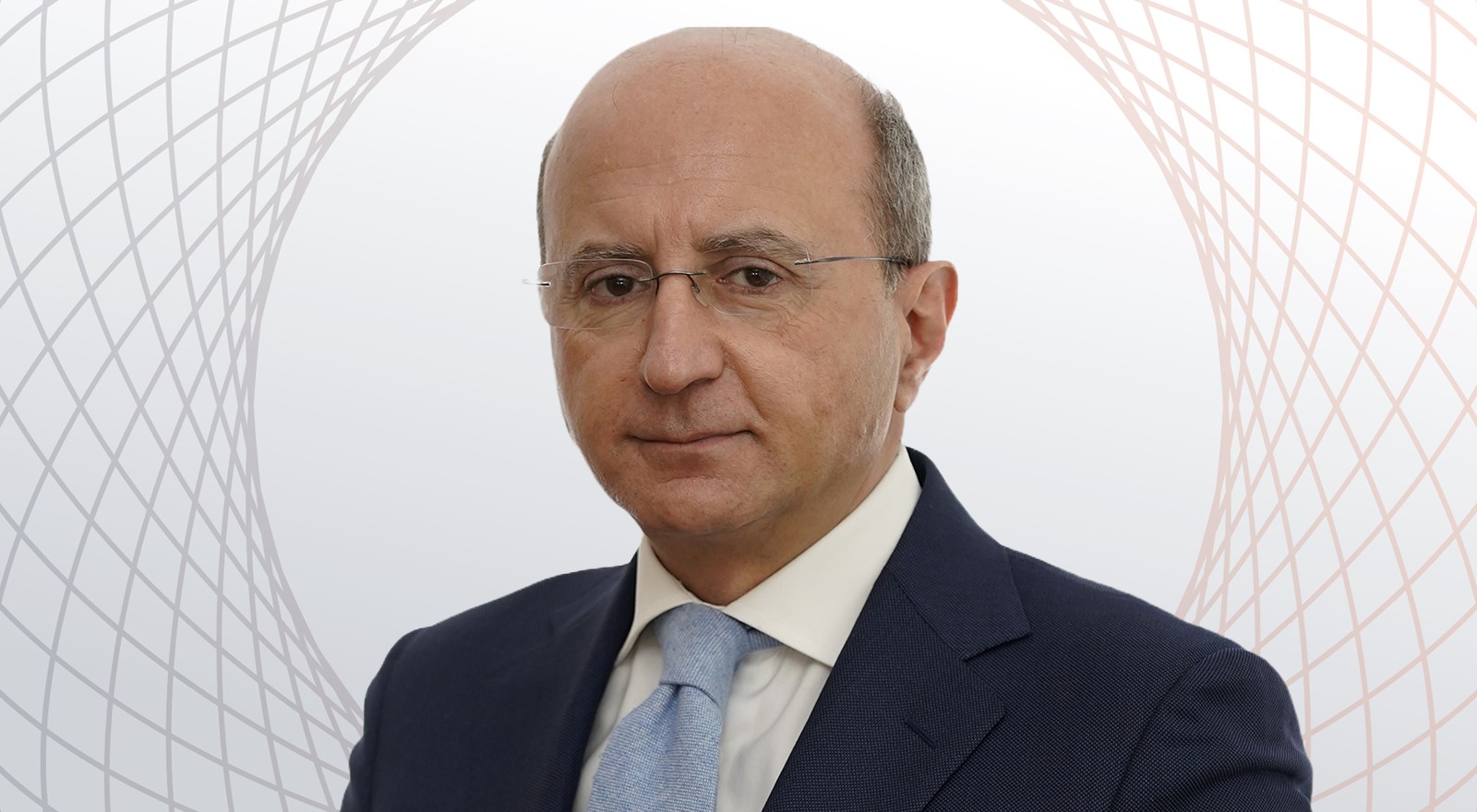Kiruna is a small northern Swedish town. Here, one of the richest iron deposits in the world (80% of Europe's iron), the ground is sinking due to intensive mining. It is home to just over 20,000 people who will soon be relocated elsewhere.
It is also a symbol of the hunger for natural resources that the world, and especially the West, needs to fuel its economic development. Kiruna is an example of the growing conflict between development and the preservation of the planet.
It is also a harbinger of a new, overly complex geopolitical landscape, in which new countries will emerge as leaders in the supply and processing of natural resources – a dynamic that is not lost on the financial markets.
Although the Bloomberg Commodities index has risen 100% since the pandemic-related crash in March 2020, it is still far from its 2008 highs (-54%). This asset class therefore seems to be entering a new goldilocks scenario, perhaps even a secular bull market.
It is therefore not out of the question to have a look at this asset class in terms of rediscovery or rebalancing in investment portfolios.
But from an ETF buyer's perspective, which commodities are going to look the best? The CRB index consists of six groups and 24 commodities. Beyond this taxonomy, it is more useful to take a different approach to selecting the most interesting commodities in terms of financial performance.
This approach distinguishes traditional commodities from innovative ones. For example, H2 Moves Berlin is "a two-year pilot project by Toyota Germany, Anglo American and the SafeDriver Group with ENNOO to promote sustainable hydrogen transport". Yet hydrogen is not part of the CRB Index. The same goes for rare earths.
Last December, the EU Commission defined 34 raw materials as essential for the energy transition. Of these, only copper and nickel are included in the CRB. However, the interactions between the ancient and the modern natural resources are a lot closer than you might think. The defence industry needs of iron from Kiruna, but also of rare earths from Beijing, which incidentally has a monopoly not on their extraction but on their environmentally much dirtier transformation.
The renewable energy industry consumes many raw materials that are not considered to be very environmentally friendly. Massive use of traditional raw materials was required for the pig skyscraper in Enzhou, China (26 floors, each housing 20,000 pigs). The soy these pigs eat has a devastating environmental impact.
In any case, the consensus view among analysts is that both categories of natural resources have a very favourable outlook. It should also be noted that they are generally poorly correlated with traditional asset classes.
They also benefit from falling interest rates and exchange rate stabilisation. Not forgetting, of course, their ability to defend against inflation. There is no doubt that there will be an increase in demand for copper, nickel, silver and platinum as the production of new technologies will increasingly require their use. However, the use of innovative raw materials will also increase as a result of these technologies.
The wide range of ETNs available today allows ETF buyers to build an incredibly detailed commodity portfolio, but unfortunately just within the space of the basic composition of the monumental CRB, which may eventually be rewritten to add those that are not part of it today.
This is all made possible by the excellent interplay between the futures market (which actually enables commodities to be traded instead of the much more logistically problematic physical exchanges) and the ETN industry.
Where there is a future (or index), there is an ETN, and therefore access to the asset class the derivative represents.
Where they do not exist, it is possible – as second best – to invest in the producers of these resources through ETFs (as in the case of the HANetf with its Sprott Junior Uranium Miners UCITS ETF (URNJ), the VanEck Rare Earths and Strategic Metals UCITS ETF (VVMX) or the L&G Hydrogen Economy UCITS ETF (HTWO), just to name a few). However, these ETFs are not technically the same.
They invest in companies operating in these sectors, not directly in the raw materials they process. However, if the ETF buyer invests in synthetic ETNs (not physical replication ETNs), he or she must be careful to consider the rollover, contango and backwardation mechanisms that are inherent in the futures contracts of the underlying commodities.
Synthetic replication ETNs – based on the purchase of futures – are used in markets where it is difficult to buy the underlying directly (e.g. oil, natural gas, or agricultural commodities). When the expiration date of the future approaches, the issuer of the ETN has to sell the current contract and buy a new one with a later expiration date (rollover).
This involves incurring various costs that affect how the ETN performs. An ETN will underperform the benchmark the more the futures curve is in contango (contracts with rising prices for later expirations) and vice versa if the curve is in backwardation (contracts with falling prices for later expirations).
The mathematical relationship between the performance of the ETN and the performance of the underlying asset is not linear, precisely because of the continuous misalignment that the rollover causes at each expiration.
This effect increases with time. The more rollovers occur, the greater the misalignment. Unfortunately, in the world of commodity futures, contango is the norm for forward curves because buying a commodity incurs a number of carry costs (opportunity cost of not investing in a risk-free asset, storage, insurance, etc.).
These technicalities, if managed, do not preclude the idea of adding or reinforcing commodities in an investment portfolio. So, in the end, they need to be carefully monitored to avoid a vicious circle of unintended consequences.
Edoardo Mezza is director and Filippo Arena is a private banker at Banca Patrimoni Sella & C.


